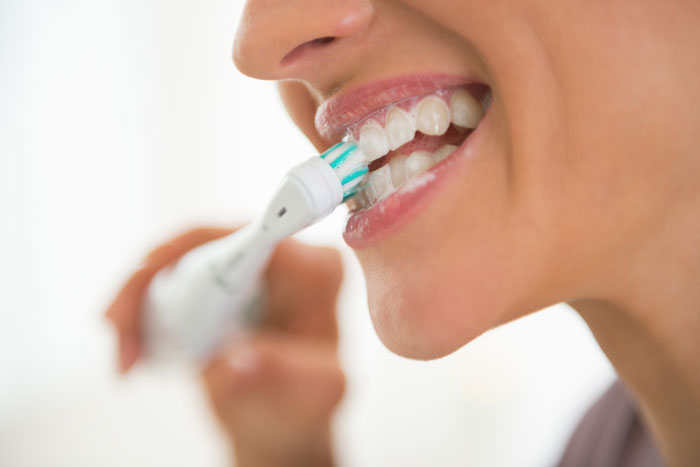The Proper Way to Brush Your Teeth
 Whether you use a manual toothbrush or an electric toothbrush, brushing is important because it removes plaque and disrupts the bacteria that cause tooth decay and gum disease.
Whether you use a manual toothbrush or an electric toothbrush, brushing is important because it removes plaque and disrupts the bacteria that cause tooth decay and gum disease.
Proper tooth brushing involves five things:
- a soft toothbrush
- toothpaste with fluoride
- brushing long enough
- the correct brushing action
- brushing at least twice a day
How to brush
Use a toothbrush with soft bristles. They are kinder to your teeth and gums. They also make it much easier to remove plaque from below the gumline, where gum disease starts. Dr. Hastings a Boise dentist adds that using the proper sized tooth brush for your mouth will also make the whole process more comfortable and easier.
Use a pea-sized amount of toothpaste that contains fluoride. Fluoride strengthens the outer enamel layer of the teeth. It can stop a cavity in its tracks and give you more resistance to future cavities.
Make sure your brushing routine lasts long enough to thoroughly remove plaque. We recommend that you brush for at least 2 minutes. Try using a timer or clock to confirm the time.
Use the correct brushing action. To start, center your brush on the gumline and angle the bristles at a 45-degree angle. Apply gentle pressure so the bristles slide under the gumline. Gently vibrate the brush while you move it in short, circular, wiggling motions.
Brush one or two teeth at a time. Then move to the neighboring teeth, allowing some overlap. Use this method to brush the insides and outsides of all the teeth. To brush the backs of the front teeth, tilt the brush and make several up and down strokes. Then brush the chewing surfaces of teeth with a gentle, circular, scrubbing motion.
End by brushing your tongue and the roof of your mouth. This removes germs and keeps your breath fresh.
